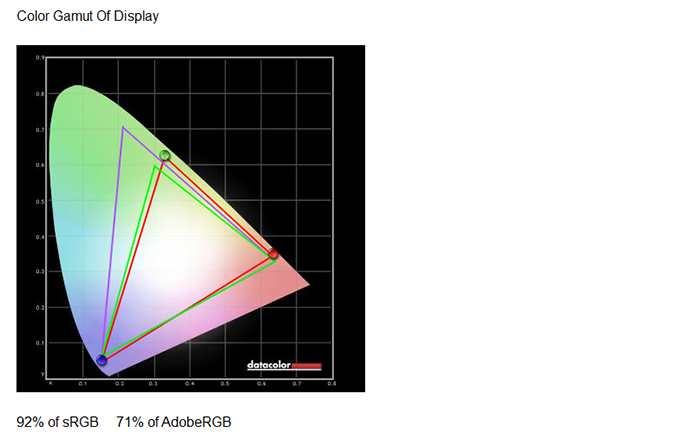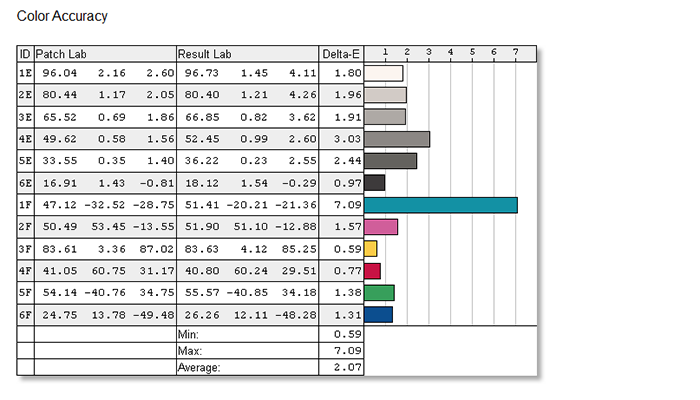Benchmarks: Display
Some of the biggest advancements in modern laptops revolve around the capabilities of the display panel. To provide a more meaningful overview of panel characteristics, we're deploying Datacolor's Spyder 4 Elite professional monitor analyser to return a quantitative assessment of display quality.

Display technology continues to improve so rapidly that the LGD046D screen employed by the full-HD Razer Blade is starting to feel dated. The 14in panel covers only 92 per cent of the sRGB space and 71 per cent of the Adobe RGB. Not necessarily a problem for gamers, but the decidedly average colour coverage could be off-putting for content creators.

Being able to display a wide gamut of colours is helpful, yet the colours themselves still need to deliver in terms of accuracy. In the above chart, the Delta-E figure corresponds to how close the displayed colours match up with real life and the lower the overall result, the better. Any figure below two is considered very good and the Razer Blade falls just short of that mark.

Brightness is decent at almost 300 nits, but there's room for improvement with regards to black levels and contrast. All things considered, Razer's FHD display is good but not great - it lacks niceties such as G-Sync, extensive colour coverage or touch capabilities - but wide viewing angles and a matte coating make it a safe bet for gaming.









